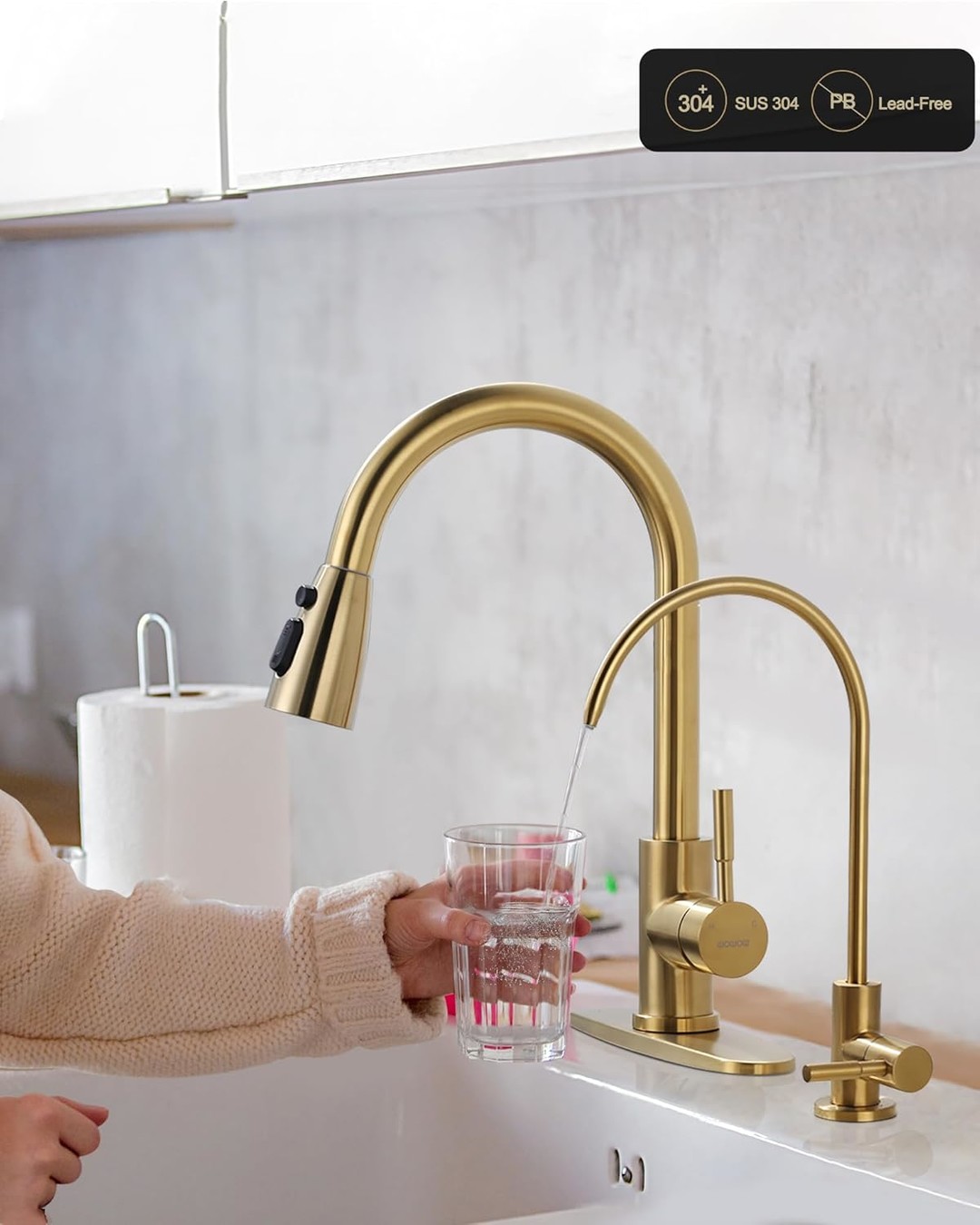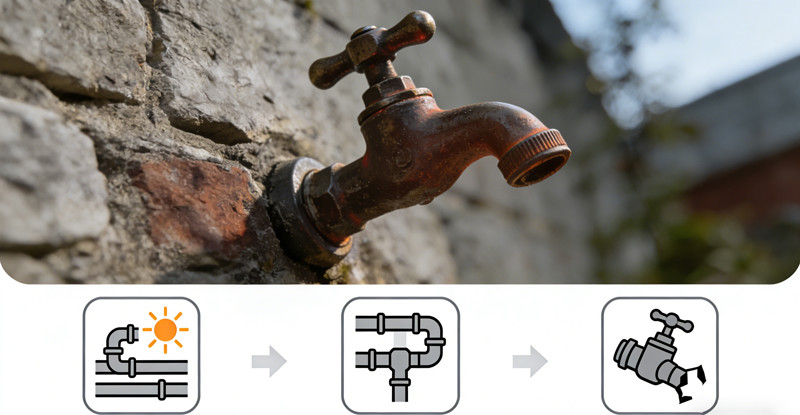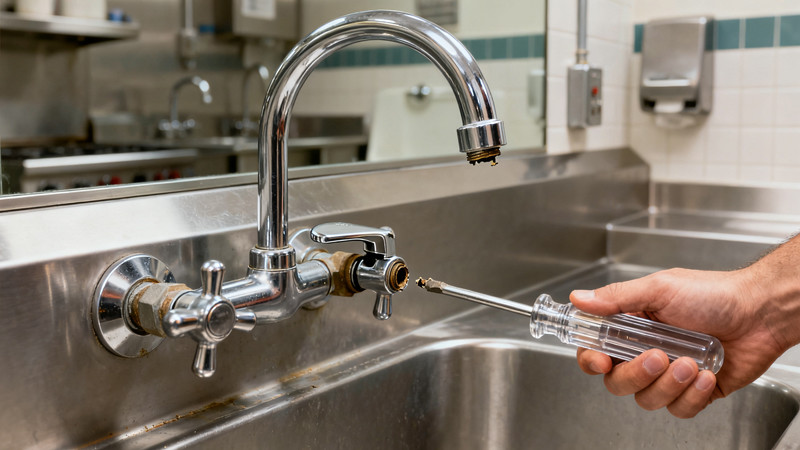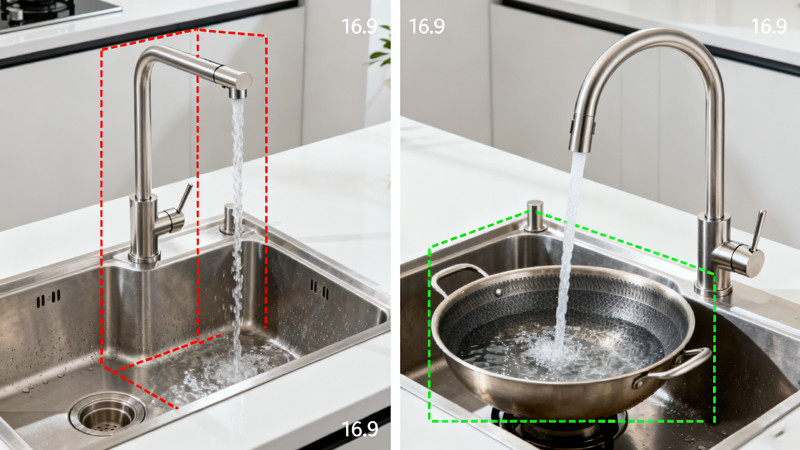
When it comes to equipping a laboratory, one of the most overlooked yet essential fixtures is the laboratory faucet. While they may look similar at first glance to residential or commercial faucets, laboratory faucets are specifically engineered to meet the demanding conditions, safety standards, and unique requirements of lab environments. Whether in a high school chemistry lab, a research facility, or a pharmaceutical cleanroom, lab faucets play a crucial role in ensuring functionality, safety, and durability.
In this post, we’ll explore what makes laboratory faucets different from their domestic and commercial counterparts, why those differences matter, and how to select the right faucet for your lab environment.
1. Purpose-Built for Specialized Applications
Unlike general-purpose faucets found in kitchens and bathrooms, laboratory faucets are designed for precision and reliability under highly controlled conditions. Their primary function is not just to deliver water but to do so in a manner that aligns with scientific protocols, reduces contamination risks, and supports chemical handling.
In many lab settings, faucets are required to dispense not only cold or hot water but also deionized water, distilled water, or various gases (such as nitrogen or compressed air). This versatility calls for specialized construction, including corrosion-resistant materials and multi-valve systems.
2. Materials that Resist Corrosion and Chemical Damage
One of the most significant differences lies in the materials used. Laboratory faucets must withstand exposure to harsh chemicals, high temperatures, and abrasive cleaning agents. As such, they are often made from:
- Epoxy-coated brass – Offers durability and protection against corrosion.
- Stainless steel – Common in cleanrooms and labs requiring high sanitation.
- Chrome-plated brass – Durable and easy to clean, used in general lab settings.
- Polypropylene or PVC – Non-metallic options ideal for highly corrosive environments.
These materials are selected to ensure longevity and prevent any reactions with substances commonly used in laboratories, making them far more robust than residential fixtures.
3. Enhanced Safety Features
In a laboratory setting, safety is paramount. Lab faucets often incorporate features designed to protect both users and the integrity of experiments:
- Anti-siphon vacuum breakers – Prevent backflow contamination into the water supply.
- Color-coded handles – Clearly indicate hot, cold, distilled, or other types of water or gas lines.
- Flame-retardant materials – Especially important in labs that use open flames or heat sources.
- Locking mechanisms – To prevent unauthorized or accidental use, especially when dispensing potentially hazardous substances.
Additionally, emergency eyewash stations and drench hoses are often integrated into laboratory faucet systems to provide immediate first aid in case of chemical exposure.
4. Design Variations for Precision and Control
Laboratory work often requires a high degree of precision, even when it comes to water flow. Unlike household faucets that prioritize aesthetics and simple function, laboratory faucets are engineered for performance. They often include:
- Gooseneck spouts – Designed for filling large beakers or containers without spillage.
- Swivel spouts – Offer flexibility and ease of movement in crowded workspaces.
- Needle valves – Allow precise control of water flow, essential for experiments requiring exact measurements.
- Wall- or deck-mount options – Adaptable to different lab setups, including fume hoods or specialized workstations.
These features contribute to reducing waste, improving workflow, and maintaining a controlled environment.
5. Compatibility with Laboratory Infrastructure
Labs are complex ecosystems of equipment, plumbing, and ventilation systems. Faucets must be compatible with other lab infrastructure, including:
- Fume hoods – Some lab faucets are mounted inside or adjacent to hoods to safely manage fumes during chemical handling.
- Gas delivery systems – Faucets may be combined with valves for gas delivery (oxygen, hydrogen, etc.), using specific connectors and materials.
- Autoclaves and sinks – Laboratory sinks are usually deeper and made from stainless steel or epoxy resin, and faucets must be appropriately scaled and mounted for compatibility.
Additionally, many lab faucets include built-in vacuum or gas ports, creating multi-functional stations within a single fixture.
6. Compliance with Industry Standards
Laboratory faucets must adhere to rigorous standards set by regulatory bodies such as:
- ANSI (American National Standards Institute)
- ASME (American Society of Mechanical Engineers)
- NSF (National Sanitation Foundation)
- OSHA (Occupational Safety and Health Administration)
These standards dictate performance, safety, and durability requirements. Choosing compliant fixtures not only ensures safety but also simplifies inspections and certifications for the lab.
7. Ease of Maintenance and Sterilization
Cleanliness is critical in lab environments, particularly in biomedical or pharmaceutical research. Lab faucets are designed for:
- Easy disassembly – For cleaning and maintenance without contaminating surrounding areas.
- Smooth, non-porous surfaces – To prevent buildup of biofilms and residues.
- Autoclavable components – In environments where sterilization is essential.
This focus on hygiene extends the life of the fixture and ensures a consistent and contamination-free workflow.
8. Customization and Modularity
Modern laboratory faucets are often modular, allowing for customization based on lab-specific needs. Components like spouts, valves, and handles can be selected a la carte or swapped out over time. This flexibility allows labs to evolve and adapt their plumbing infrastructure without the need for major renovations.
Conclusion of Laboratory Faucets
Laboratory faucets may not get the attention that test tubes or spectrometers do, but they are critical components in the overall functionality and safety of a lab. The differences between lab faucets and standard faucets are vast—from the materials used to their design, performance, and safety features. Selecting the right faucet isn’t just about convenience; it’s about supporting accurate science, maintaining a safe environment, and complying with stringent standards.
Whether you’re outfitting a new lab or upgrading an existing one, investing in high-quality, purpose-built laboratory faucets is a decision that pays dividends in both performance and peace of mind.
 WOWOW Faucets
WOWOW Faucets





